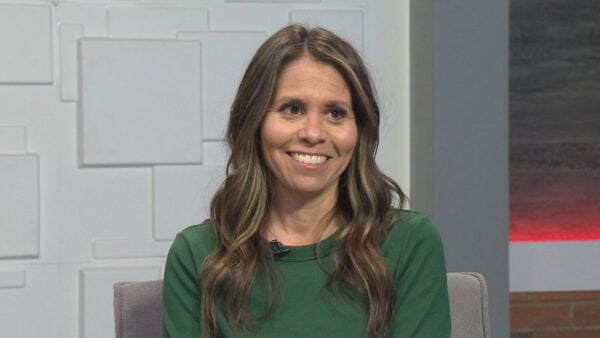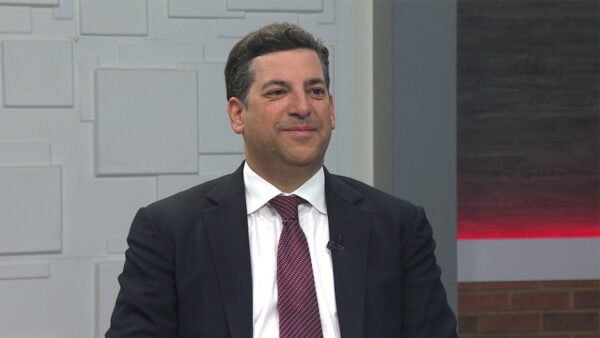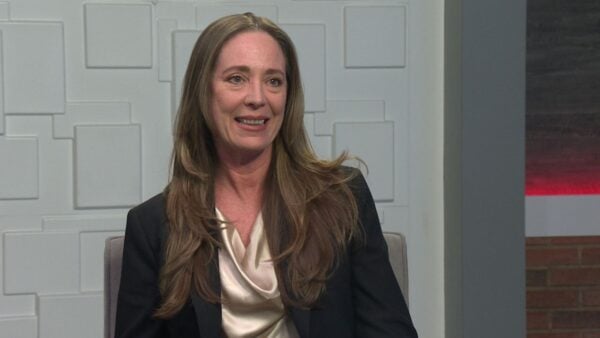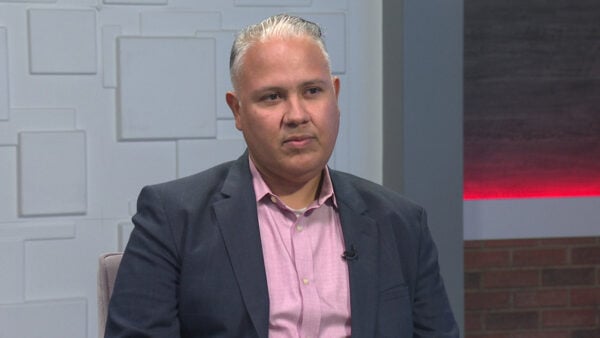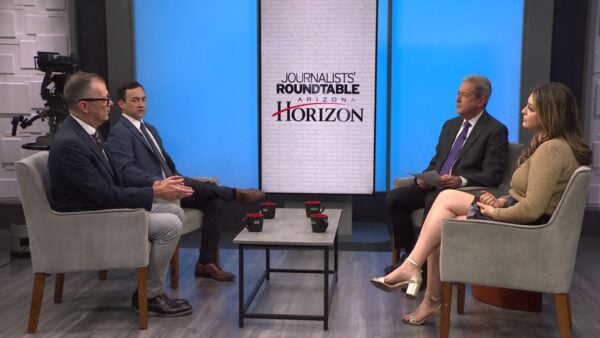Arizona State University is teaming up with seven other research universities to form a new Science and Technology Center that will use x-ray lasers to image bioparticles, make molecular movies and help design new drugs. The BioXFEL Center will be based at the University at Buffalo and will focus on developing a new bio-imaging technique to analyze molecules at which drug molecules can be targeted. Regents’ Professor of Physics at ASU John Spence will serve as the center’s director of science. He will talk about the BioXFEL Center.
Ted Simons: ASU teaming up with five other research universities to form a new science and technology center that will use x-ray lasers to better understand how viruses and other bio particles work. ASU regents' professor of physics John Spence will serve as the center's director of science and he joins us now. Describe the center for us.
John Spence: It's a consortium of six or seven universities which the national science foundation established were the largest part of it. The lead institution is in Buffalo. The purpose is to use the x-ray laser, the first in the world, the Department of Energy built, 600 million near Stanford in a tunnel two miles long to try to get movies of molecular machines at work.
Ted Simons: Now, this again, this tunnel is in Stanford.
John Spence: Correct.
Ted Simons: The center is based at the University of Buffalo.
John Spence: They actually handle the outreach and education component. We are the lead in science, basic research. The others are Stanford, Milwaukee, UCS, and Rice. It was remarkable competition. We wrote this proposal two years ago. There were I think 300 applications. They made three awards to Harvard, Stanford and us.
Ted Simons: Congratulations on that. That's why there's such an emphasis here at ASU. Let's talk about what will be emphasized. X-ray lasers to what, molecular level activity?
John Spence: If you think of a chest X-ray, you imagine blowing up the magnification, that's what we're trying to do, make a movie of molecular machines. To see such fine detail on a chest X-ray as the atoms themselves you need enormously intense illumination. So intense you destroy what you're looking at. The break through is to understand if you make the pulse significantly brief, shutter speed of this machine is a millionth of a millionth of a second or less. So brief that we can get a snapshot of this before it blows up, before we damage it. We have outrun radiation damage, we say. We can get snapshots so we can see the molecules that are involved in things like drug design and as you said viruses and so forth.
Ted Simons: I think we have a simulation of what's going on here. Looks like spacecraft docking, for goodness sake. But I wanted to ask you about that because taking an x-ray of anything at any level is- you have to have some caution there. You're talking about so the pretty sensitive stuff. You say if you make that shutter exposure quick enough you can avoid the damage?
John Spence: That's correct. That's the breakthroughs on which this is based.
Ted Simons: This is, what, a virus just causing mayhem here?
John Spence: This is work from Rossman's lab. It's an animation made up of bits and pieces from- actually a simulation made up of stills from different techniques. We would like to do that live. Rather we would like to at least see what the joints are doing and we might do that by making crystals of the parts of the joints. To understand the mechanism. Similar thing with the genes thought to cause cancer. I'm working with Petra Fromm who's very important when it comes to photosynthesis. All Green plants split water to make the oxygen we breathe appeared she's made good progress in making a movie of that process. It maintains a biosphere, digests CO2. It's a really fundamental to life on earth and we would like to see those molecules doing their job.
Ted Simons: You're basically doing molecular documentaries.
John Spence: Absolutely.
Ted Simons: To do these you need reasoning. You need to find an end result. That end result I would imagine finds the way that these particles and viruses act; find a drug that addresses that.
John Spence: Correct. We already have a paper on sleeping sickness. This affects about million people. We have a paper last year where with a group from Hamburg on how drug molecules work to prevent the enzyme which is essential to that disease to be fatal and so that can be inhibited by putting a drug molecule on to the right protein to prevent catalytic activity of the protein.
Ted Simons: Is there a concern you're documenting what's happening here and addressing that virus here by eliminating that there's a butterfly effect happening over here where you don't know what's going on?
John Spence: That's entirely possible. We can only focus on one point at a time. To take the snapshot we have to later destroy the particle. We need multiple copies of things we're taking pictures of. We take snapshots of different parts of the cycle of the process.
Ted Simons: Give us an example of how the process would work from ASU. Does ASU move up to Stanford for this?
John Spence: Teams of students and post-grads. We live on airplanes of course. I have wonderful group of professors to work with, Petra Fromm in photo sensitive is a genius. Brenda Hogue is involved with the viruses. We have students and post DOCs that fly back and forth to Menlo Park and go eat bad food and sleep in a cave for a week.
Ted Simons: How long is this going to last?
John Spence: Well, these things usually go ten years. For ten years about $50 million grant. That's between all the universities.
Ted Simons: And what does this mean for ASU's reputation bio imaging, the whole nine yards?
John Spence: It's very good for us. I have to say the big picture, we're very fortunate. We were the first users of this, the world's first x-ray laser. But generally the picture for young scientists in this country is very poor since I came here 30 years ago the chances of getting a grant, rejection rate is about 90%. That will drive away young scientists from taking careers in academic research unfortunately which will mean the lead will go to other countries. Our grant is a wonderful thing to happen to ASU, but the general picture is pretty bleak.
Ted Simons: Do you see kids coming in with interest in science saying-
John Spence: I had a student come into my office -- I have been here 30 years. This has never happened to me. A student came to my office, he was leaving to get a job. He looked at me and said, John, I don't want to do what you do. That's never happened. He means constantly write grants in competition with a 90% failure rate. Which is worse than the failure rate for small businesses.
Ted Simons: It does sound worse. Congratulations on this particular success. Let's see where it leads. We will certainly keep track of it. Thanks so much.
John Spence: Thanks very much.
John Spence:Regents' Professor of Physics, Arizona State University;









